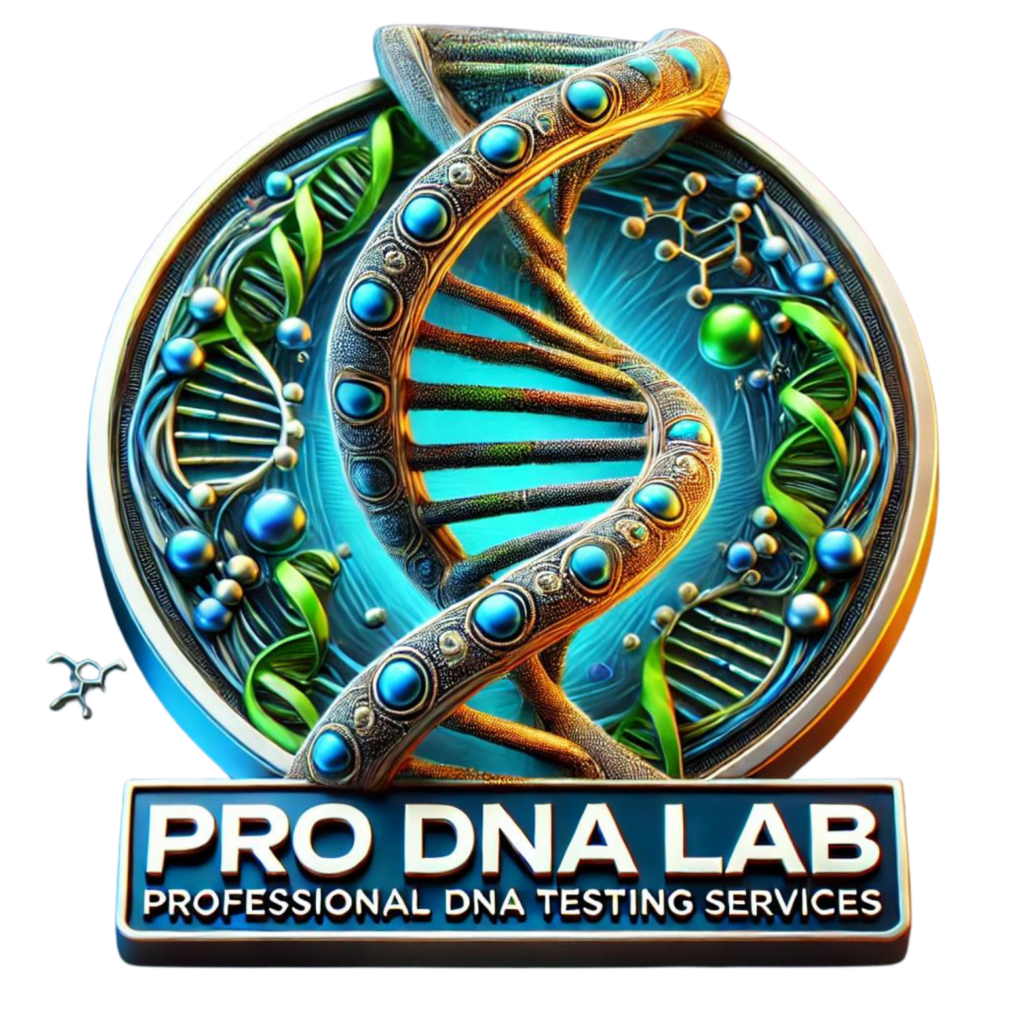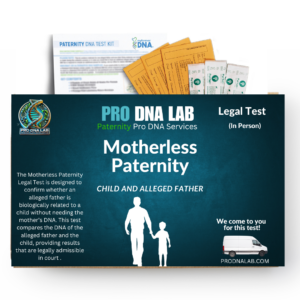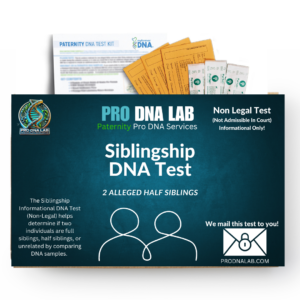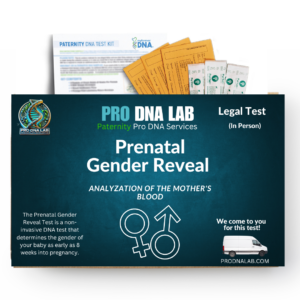Prenatal testing is an essential aspect of modern pregnancy care, offering parents valuable insights into the health and development of their unborn child. Two common methods of prenatal testing are Amniocentesis and Chorionic Villus Sampling (CVS). These procedures are typically recommended when there is a higher risk of genetic disorders or chromosomal abnormalities.
What is Amniocentesis?
Amniocentesis is a prenatal procedure usually performed between the 15th and 20th weeks of pregnancy. It involves inserting a thin needle through the mother’s abdominal wall into the uterus to withdraw a small amount of amniotic fluid, which surrounds the baby. This fluid contains fetal cells and various chemicals produced by the baby that can be analyzed to detect genetic abnormalities such as Down syndrome, cystic fibrosis, and spina bifida.
When is Amniocentesis Recommended?
- If the mother is over 35 years of age, as the risk of chromosomal abnormalities increases with age.
- If there is a family history of genetic disorders.
- When previous screening tests indicate a higher risk of genetic or chromosomal conditions.
- To diagnose certain infections or to check for fetal lung maturity in late pregnancy.
What is Chorionic Villus Sampling (CVS)?
Chorionic Villus Sampling (CVS) is another prenatal test that is usually performed between the 10th and 13th weeks of pregnancy, earlier than amniocentesis. CVS involves taking a small sample of cells from the placenta, which is the organ that connects the mother to the baby. These cells contain the same genetic material as the baby and can be tested for chromosomal abnormalities and other genetic disorders.
When is CVS Recommended?
- When there is a known risk of genetic disorders in the family.
- If the mother is over 35 years old.
- When early screening tests indicate potential risks for genetic conditions.
- If the parents want early confirmation of the baby’s genetic status.
Differences Between Amniocentesis and CVS
- Timing: CVS is performed earlier in pregnancy (10-13 weeks), while amniocentesis is done later (15-20 weeks).
- Procedure: CVS involves sampling placental tissue, whereas amniocentesis involves sampling amniotic fluid.
- Risk: Both procedures carry a small risk of miscarriage, but CVS is slightly more invasive due to the earlier stage of pregnancy.
Benefits of Prenatal Testing
- Early Detection: Both amniocentesis and CVS provide early detection of genetic disorders, allowing parents to make informed decisions about their pregnancy.
- Accurate Results: These tests offer highly accurate results, with nearly 100% certainty for many genetic conditions.
- Peace of Mind: For parents at risk of genetic disorders, these tests can provide reassurance or help in planning for the care of a child with special needs.
Conclusion
While both Amniocentesis and Chorionic Villus Sampling (CVS) offer critical information about the health of an unborn baby, the decision to undergo these procedures should be made in consultation with a healthcare provider. Understanding the risks and benefits of each can help parents make the best choice for their family.










